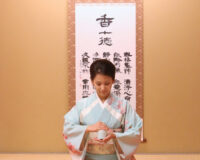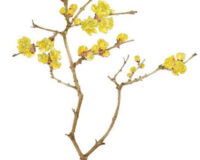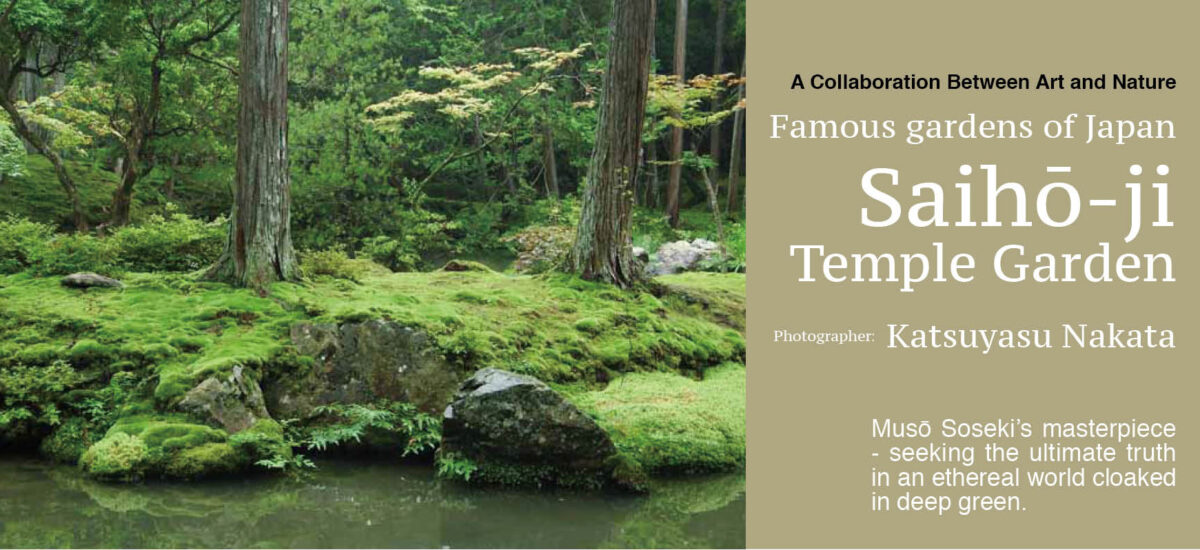
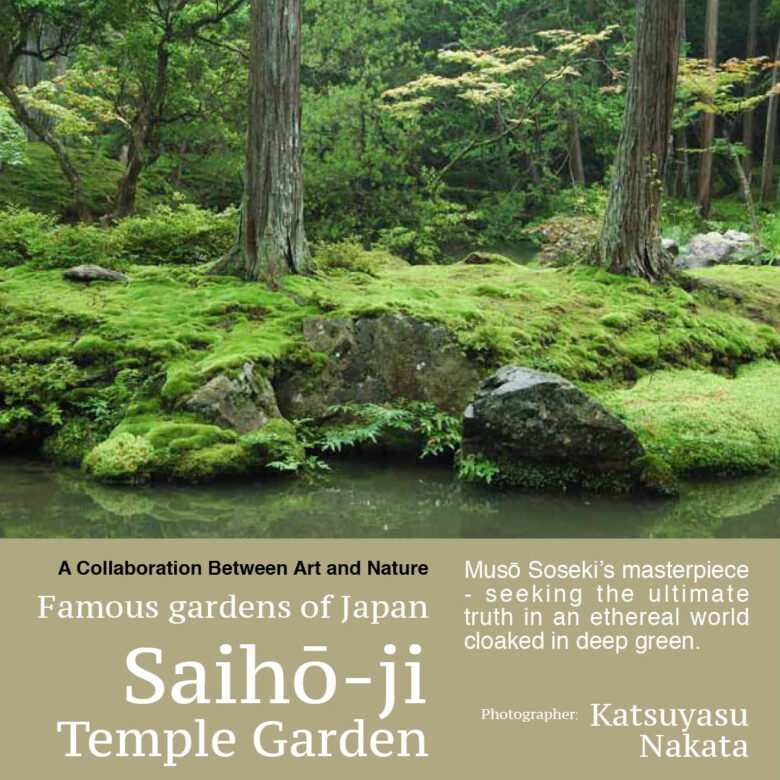
Musō Soseki’s masterpiece, seeking the ultimate truth in an ethereal world cloaked in deep green. Saihō-ji Temple Garden – A Collaboration Between Art and Nature.
Photos : 中田勝康 Katsuyasu Nakata / Text : Yūji Fujinuma / English Version : Judy Evans
Keyword : Moss Temple / Karesansui / Musō Soseki / Zen / Temples / Famous Gardens of Japan Series / Kyōto / Buddhism / Japanese Gardens / Saihōji Temple / Kokedera
Soseki’s ideal Zen meditation garden, combining ponds and dry landscape
Saihō-ji Temple is fondly known as Koke-dera (Moss Temple) due to the incredible moss that blankets the entire garden. According to temple lore, a temple was first established here in the mid-8th century. After a long period of neglect, the Jōdo-Shū Buddhist sect rebuilt two temples in the late 12th century. A chisen-shiki (classical style pond garden) was established on the flat, lower section of the grounds, with a karesansui (dry landscape) garden on the sloping area above this. Today’s Japanese gardens are thought to have been patterned on this design.
In the 14th century, Musō Soseki of the Rinzai School of Zen Buddhism combined the two temples into one, naming it Saihō-ji. He established a monastery here and restored the gardens, creating an ideal ambience for the pursuit of Zen. Saihō-ji’s gardens gained considerable renown, and exerted a significant influence on later temple architecture and landscape design. In fact, both Kinkaku-ji (The Golden Pavilion) and Ginkaku-ji (The Silver Pavilion) temples are modelled on Musō Soseki’s design.
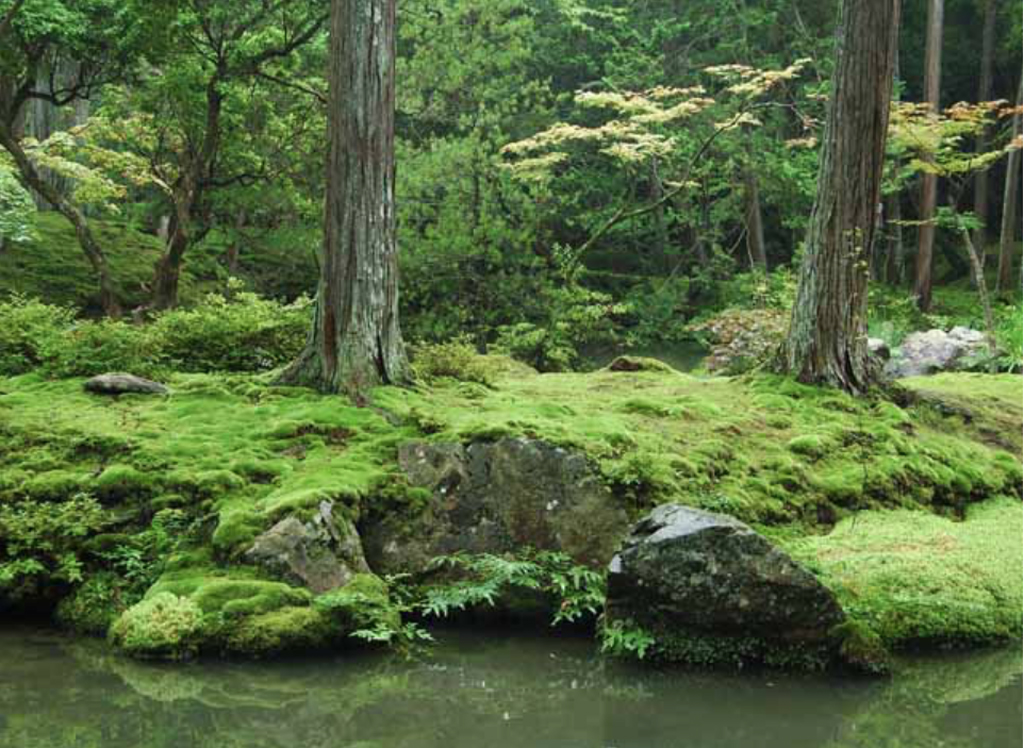
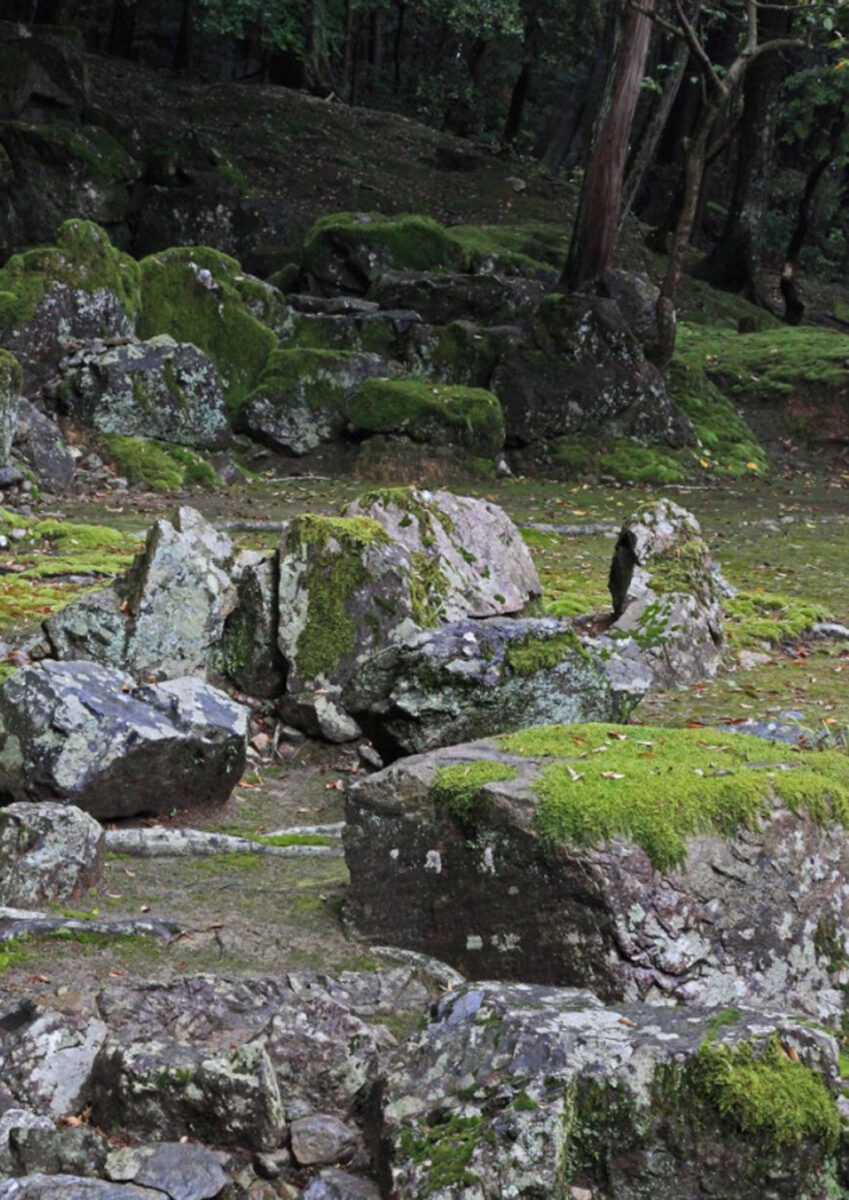
Musō Soseki’s masterpiece – a tranquil and ethereal ambience amid deep green moss
In the classical pond garden section, everything apart from the surface of the Ōgon-chi (Golden Pond) is covered in a thick layer of moss. Silence reigns in this ethereal world, far from everyday life. A naka-shima (centre-island) appears to float near the southern edge of the pond and moss half conceals three venerable rocks lying in a triangle formation on the embankment.
The rock garden in the upper part of the grounds, where the temple hall Shitō-an is located, is reminiscent of someplace deep in the mountains. Housing a wooden statue of Musō Soseki, Shitō-an sits tranquil in its mountain retreat. To the east of Shitō-an, is a dry rock waterfall composition that extends over three levels. This dynamic composition is considered a masterpiece that embodies the force and spirit of Soseki’s art, and was recognized as futuristic for its time.
The present buildings were all constructed after Soseki’s time, but the layout of the garden and the arrangement of the rocks remain essentially as he left them, with his wonderful compositions lying concealed beneath the moss that began to cover the garden long after his death.
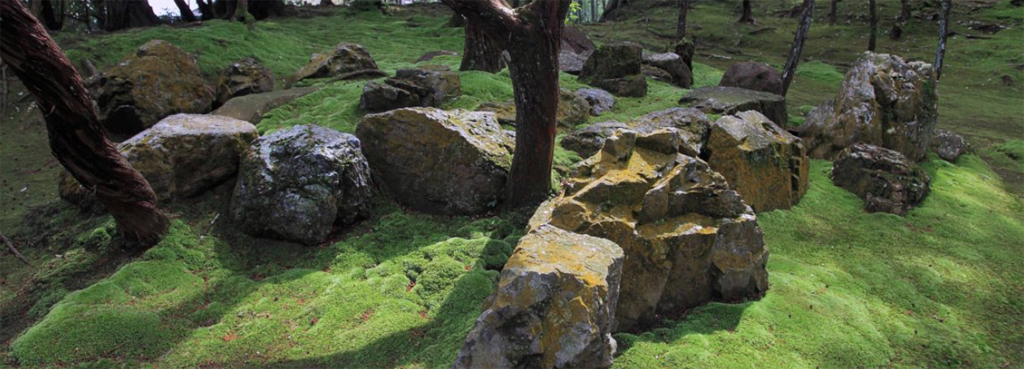
Saihō-ji Temple Garden
Pond garden/rock garden/historical landmark/place of special scenic beauty
Address: Matsuō Shingatani-Cho 56, Nishikyō Ku, Kyōto City, Japan 〒615-8286
Phone:075-391-3631 http://saihoji-kokedera.com (In Japanese and English)
Admission: By advance reservation only. Please see the website (http://saihoji-kokedera.com/en/reservation.html) for details. Admission Fee: 3,000 JPY per person
Access: Kyōto Bus (Route 63 or 73). 3 minute walk from “Koke-dera, Suzumushi-dera” bus stop.




